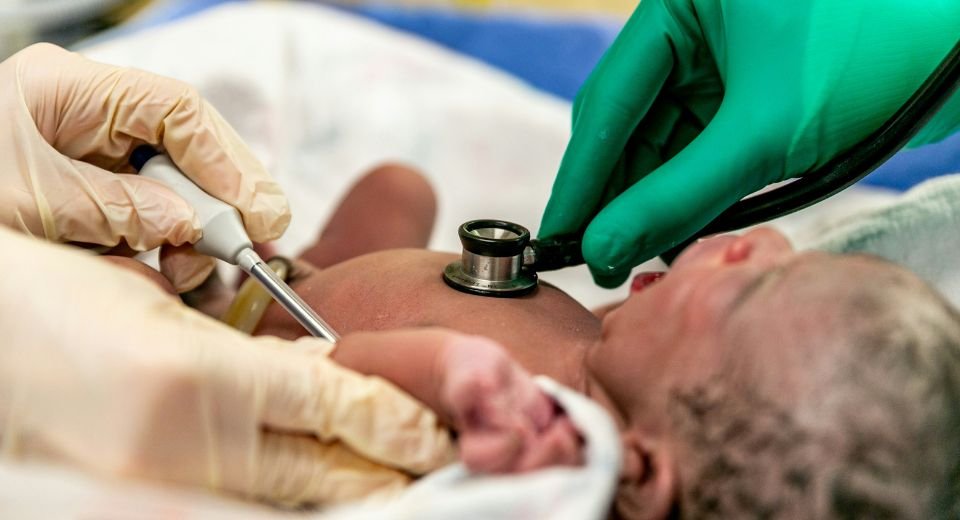Early neurodevelopmental assessments can predict cerebral palsy and its severity in infants, according to an Australian study.
Researchers at Monash University in Melbourne did a diagnostic study at corrected age (CA) 3 to 4 months for estimating cerebral palsy of 116 preterm infants born at less than 28 weeks of gestation, low birth-weight infants , and term encephalopathic infants.
Abdul Razak, MD, and colleagues examined the effectiveness of early neurodevelopmental assessments in identifying neurodevelopmental impairments. The examination was effective in identifying infants with cerebral palsy and predicting its severity. However, the assessments had limited accuracy in identifying cognitive impairment and its severity.
Study assessment
Early neurodevelopmental assessments were conducted at a median of 13 weeks of age, and long-term neurodevelopmental outcome evaluations were conducted at a median of 33 months of age.
The researchers found that high risk for cerebral palsy had a sensitivity and specificity of 92% and 84%, respectively, for predicting cerebral pals; and 100% and 80%, respectively, for predicting moderate-to-severe cerebral palsy; accuracy of diagnosis was 85% and 81%, respectively, for predicting cerebral palsy and moderate-to-severe cerebral palsy.
The Hammersmith Infant Neurological Examination (HINE) scores had good discrimination for prediction of cerebral palsy. For cognitive impairment, predictive accuracy was 44% and 45% for a diagnosis of early cerebral palsy or high risk for cerebral palsy and the absence of fidgety movements, respectively. HINE scores also had poor discriminatory power for predicting cognitive impairment (area under the curve, 0.62).
Early intervention
“This emphasizes the crucial role of integrating these assessments into clinical practice, enabling early interventions with the potential to influence the progression of the disease,” the authors of the study said.
“Our study supports adaptability of these assessments in clinical practice worldwide.”
“Incorporating these assessments to pick up cerebral palsy as early as 3 to 4 months is a game changer, as we may be able to change the neurodevelopmental trajectories of these babies,” Dr Razak said in an interview.
The study’s small size is a limitation, including the focus only on preterm, low birth weight babies, which limits the diversity of babies. Also, the data was sourced from one center.
The study is published in JAMA
.








